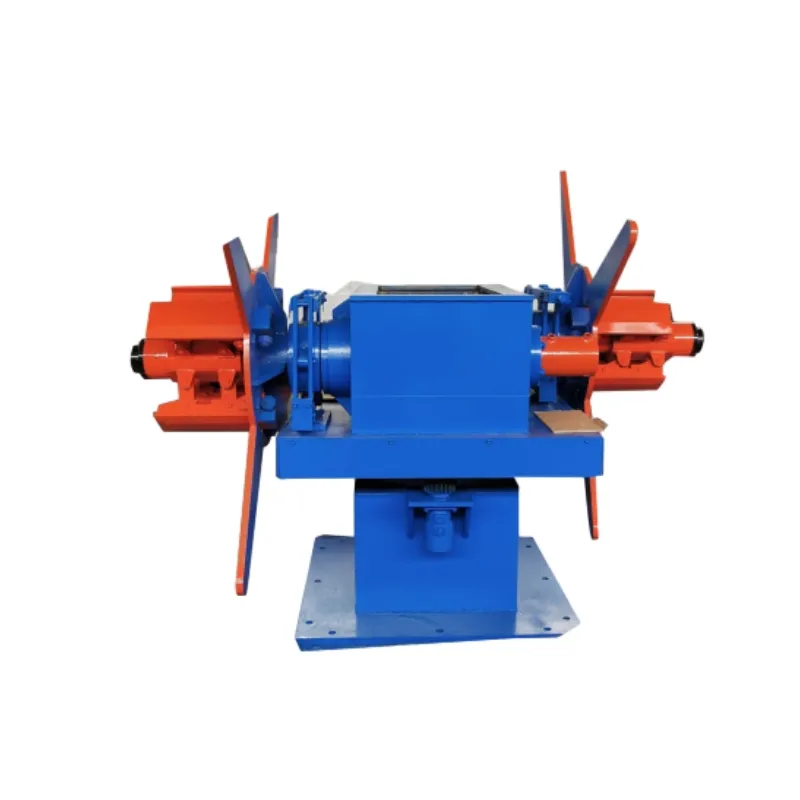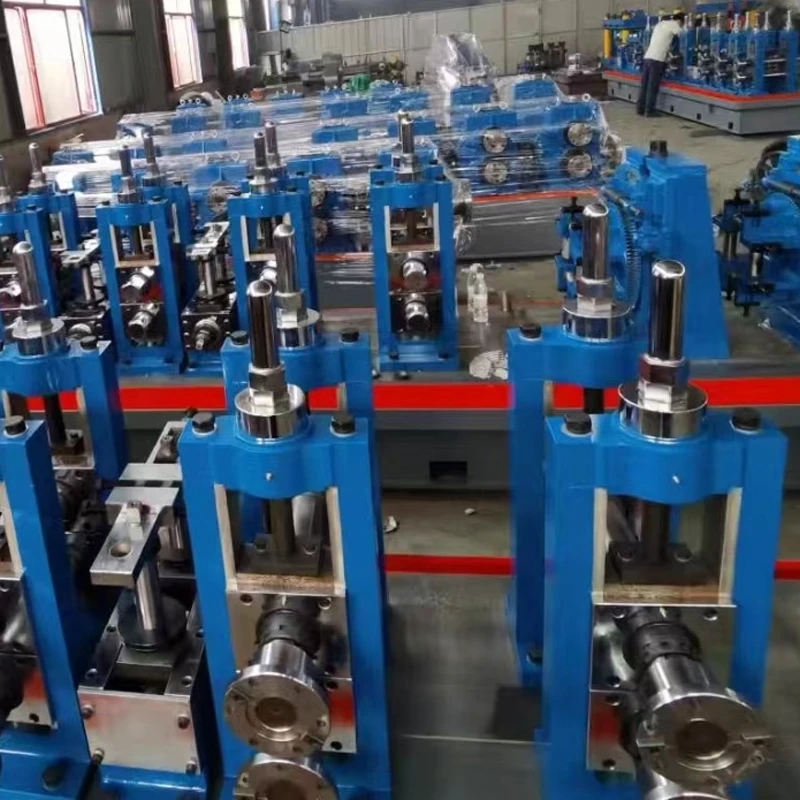Innovation in roll forming technology has led to the development of more efficient and versatile equipment. Manufacturers are now integrating computer-aided design (CAD) and computer numerical control (CNC) systems into their machinery. These technologies enable greater precision in the manufacturing process and reduce human error. Additionally, advancements in materials science have allowed manufacturers to work with a wider range of metals, including high-strength steel and lightweight alloys, expanding the applications for roll-formed products.

3. Decreased Operator Fatigue The hydraulic systems used in these machines reduce the physical strain on operators. Traditional manual cutting tools can lead to fatigue, which not only decreases productivity but also raises safety concerns. Hydraulic shears, on the other hand, require less manual input and allow operators to focus on the cutting process itself without the added stress of heavy lifting or exertion.
